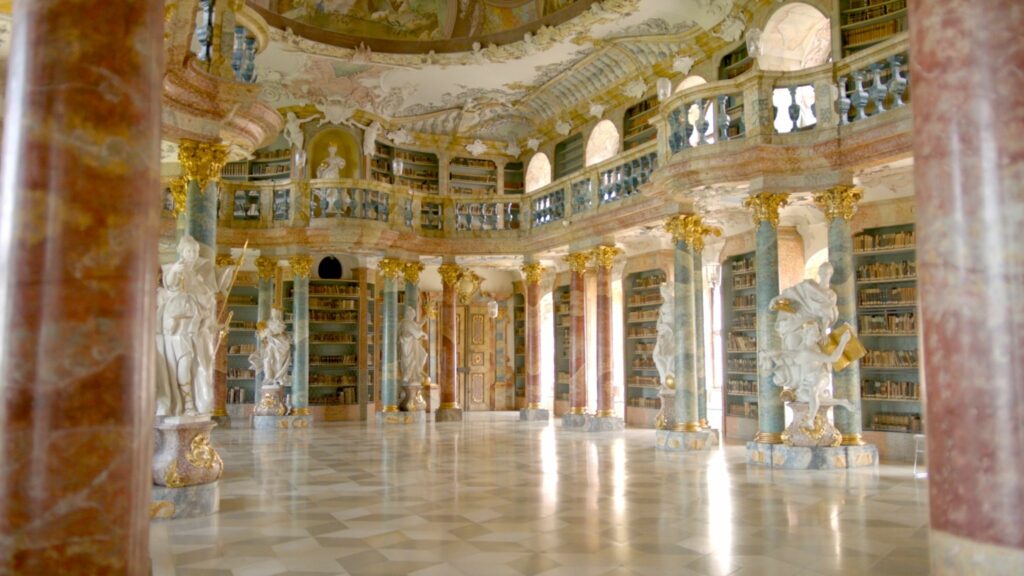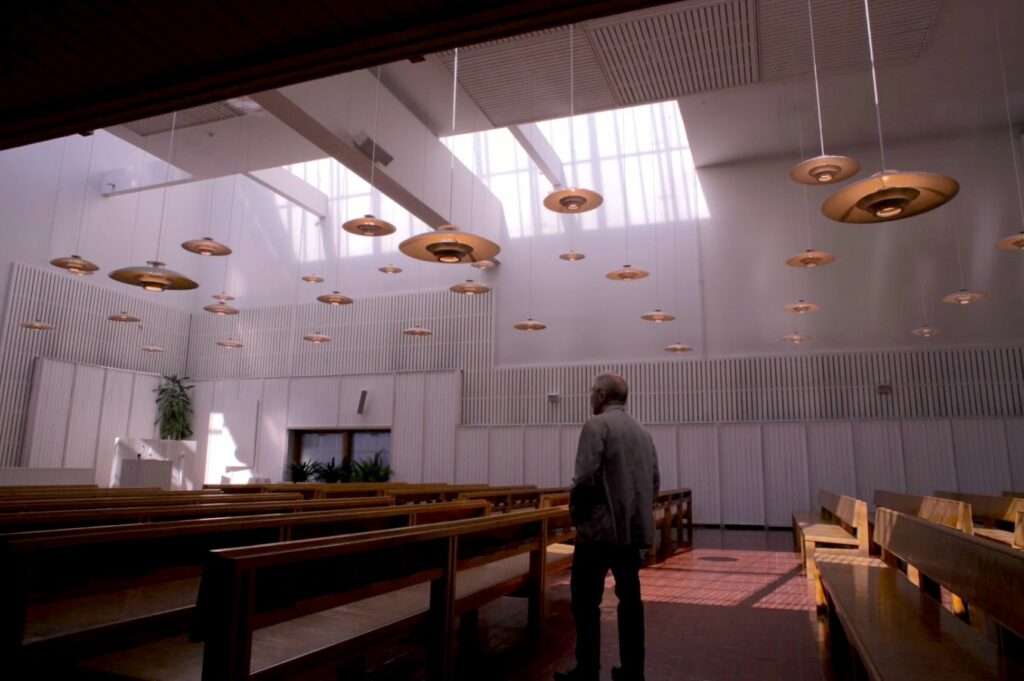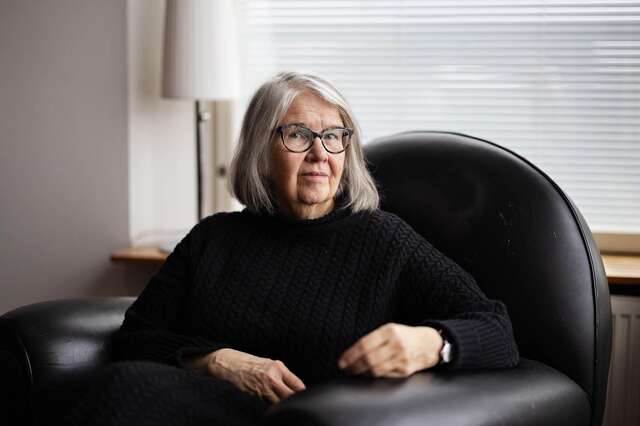A beautiful documentary studies the reflections of light in Juha Leiviskä’s architecture

Making Movies Oy
Architect Juha Leiviskä is a master of using natural light in his architecture. Architect and journalist Tarja Nurmi, who is a connaisseure of architecture films, writes about a documentary published last year that takes the audience on a journey to Leiviskä’s architecture and mindset.
Light Snatcher (2021), a documentary about architect and Arts Academician Juha Leiviskä and his mastery of catching and processing natural light is currently screening at festivals around the world. The approximately 30-minute film was also featured at the Ark Rex Architecture Film Festival at the end of November 2021. The film has also been broadcast in the Finnish TV and can be watched in Finland on the Yle Areena platform.
The film, made by director Charlotte Airas, could have been longer but is also fine as it is. A longer film would certainly have enabled a more detailed description of the architectural works. The film is also a kind of a tribute to Juha Leiviskä’s teacher, Professor of Architectural History Nils Erik Wickberg (1909–2002).
As a student, Leiviskä belonged to a group of enthusiastic architecture students at Helsinki University of Technology who understood the significance of studying architectural history as a foundation for the profession. As early as the 1950s, he participated in carefully prepared study trips across Europe.

Leiviskä confesses he was particularly fascinated by Late Baroque interiors, which were also Wickberg's favourites and some of the absolute highlights of the trips. These included churches as well as fine abbey libraries. Leiviskä especially mentions the church in Neresheim Abbey, a masterpiece that looks as if it has been built of light. Even the columns were fashioned to play with light – in the words of Leiviskä.
As a result, the architect reflected and aimed for the same kind of use of indirect light, which tenderly and slowly caresses the spaces, in his own architecture that is based on a rectangular coordinate system.
Interplay of natural and artificial light
In the film, we have the opportunity to visit the architect’s home and office as well as three churches he has designed. In Helsinki, we visit a relatively small apartment building in Kalasatama and the beautiful and spacious library in Vallila. In Kuopio, the architect presents us with a scale model of Saint John's Church in Männistö and talks about the work of art integrated into the church. And he plays us Mozart and Debussy – Leiviskä is a skilled pianist and extremely musical.
In the Myyrmäki Church in Vantaa, Leiviskä’s use of light is described by architect Kati Blom, who has studied the bouncing of light reflection. Unlike in Baroque churches, the different building elements of this church space – at least the vertical space elements – have another role besides being support structures. In the Baroque church that made an impression on Leiviskä, the domes are supported by inner structural elements, round columns, that reflect and scatter the light coming from the window holes in the thick outer wall. Naturally, modern churches also lack the sculptures, colours, putto motifs and gilding popular in the time of Baroque. Instead, they display art in a much more discreet fashion, as in Kuopio and Oulu’s Saint Thomas Church.

The documentary also highlights the light fixtures designed by the Academician. He is well aware of the difference between natural and artificial light – and their interplay. At its most magical, this interplay can be found in the enormous church hall of Hagia Sophia in Istanbul, formerly known as Constantinople.
From the most simple to the most intricate, the lighting fixtures designed by Leiviskä replicate the reflection of light and – based on his own words – the reflection’s reflection and even the reflection of the reflection’s reflection. And all this even in the plural. The lighting fixtures are beautiful also in terms of their shape as viewed in natural light. The architect has used these lighting fixtures as flocks floating between the high ceiling and the floor full of people. When visiting the Vallila library with the film crew, the architect observes that the lamps in the lighting fixtures have been replaced with ones with a colder tone and comments on this, as he should.
Understanding the meaning of light was born in childhood
The documentary is partly in Finnish, partly in English, as spoken by Leiviskä and expert Scott Poole. From Southern Germany, the image material consists of old cine film footage plus live image focusing on the accelerated play of light, filmed especially for this documentary. The beautiful story ends in a very commonplace building in the middle of Helsinki, the Swedish School of Social Science and its cafeteria and lobby. Standing in a park-like environment in the middle of the City Centre Campus of the University of Helsinki, this university building has also been ennobled with light.
This short documentary has been beautifully made on many levels. Leiviskä speaks about his own childhood and how he lived for approximately 13 years in a building at the back of the yard that never got any direct sunlight. Everything happened through reflections. That is where his understanding of light and its reflections comes from. The maker of the film has also filmed Leiviskä rowing a boat in the environment where he spends his summers. The reflections of light on the surface of the water at the end of the film may help international viewers to understand the special nature of our Northern light. Bare direct light in itself is – to put it bluntly – a little boring.
One of the most charming parts of the documentary is when Juha Leiviskä leads architecture students inside the beautiful church space he designed in Myyrmäki, Vantaa. He compares movement to musical pieces, such as symphonies, sonatas and lieder. It is a sort of a process: entering, finding your destination, and becoming enlightened. As in compositions, architectonic spaces can and should have a climax and a finale, too.
The film probably leaves out one source of inspiration, however. Finnish modern architecture has another master of diffuse light who Leiviskä is sure to appreciate: Alvar Aalto.
The film can be watched in Finland on Yle Areena through this link.
Light Snatcher (original title: Valonsieppaaja)
short documentary film
director: Charlotte Airas
screenplay: Charlotte Airas, Kimmo Kohtamäki
production: Making Movies 2021
length: 29 min 20 s
Tarja Nurmi is an architect who writes about architecture for Finnish and international publications. In her blog, Arkkivahti, she publishes topical articles on architecture and cities. Alongside her many occupations in the field of architecture, Nurmi initiated and established the Ark Rex Architecture Film Festival together with Amos Rex Art Museum, and has acted as the festival’s curator in 2019 and 2021.
Juha Leiviskä’s thoughts and the backgrounds of his architecture are also heard in a 25-minute video interview produced by Archinfo Finland, Juha Leiviskä – Virtuoso of Light (2019). The Finnish language video has English subtitles. Link to the video.


